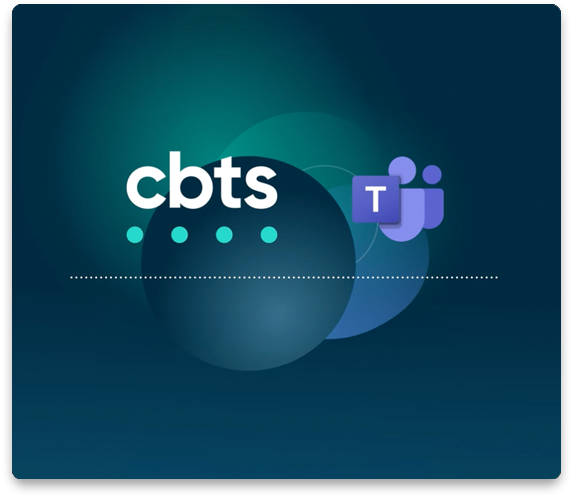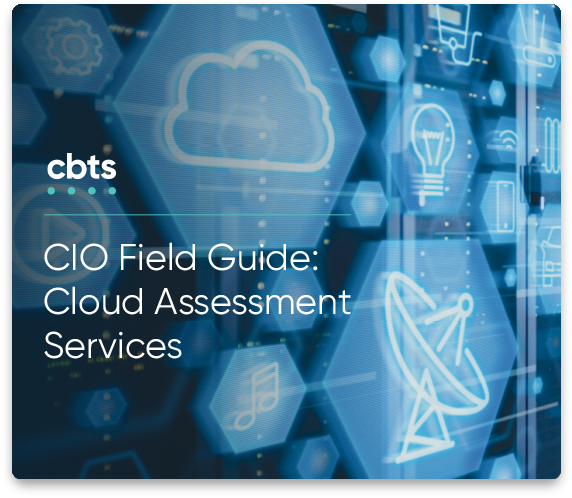Data Strategy
A clear plan for measurable business impact.

What is a data strategy?
Benefits
Our approach
FAQs
Data without strategy is just noise
Businesses today generate more data than ever before — from customer interactions and sales to operations and supply chains. But without a clear strategy, that data stays fragmented, underutilized, and often misleading. A data strategy ensures that information is organized, governed, and aligned with business priorities so it can be trusted and acted upon.
Stay future-forward with a clear data strategy
In today’s digital economy, data is the fuel for innovation, efficiency, and competitive differentiation. Without a clear data strategy, organizations risk turning data into a liability instead of an asset.
A well-defined data strategy enables you to break down data silos, drive smarter decisions, ensure trust and compliance, optimize operations, unlock new opportunities.
BENEFITS
Smart Data, Smarter Decisions
We help organizations design a data strategy that drives:

Clarity
Aligning data initiatives with business goals.

Trust
Building a foundation of governance, quality, and security.

Action
Transforming raw data into insights that fuel decisions.

Scale
Ensuring the data strategy can scale with business growth.
%
of employees wish their collaboration tools were compatible with one another and find it difficult to collaborate.
Harvard Business Review
OUR APPROACH
Why CBTS?
The urgency is real. Every year without a unifying data strategy resources are drained, risks levels rise, and AI initiatives are left exposed.
CBTS has the certified data experts to help organizations act quickly. From discovery workshops to implementation roadmaps, we guide teams through the construction of a comprehensive data roadmap, and stay through implementation to ensure data becomes a trusted backbone of the organization.
- Outcomes you can expect
- Faster, smarter decision-making
- Reduced operational inefficiencies
- Data-driven innovation opportunities
- A scalable foundation for AI & advanced analytics
As the volume and variety of data continues to grow, not having a clear data strategy increases an organization’s risk — such as missed innovations, non-compliance, and not being competitive.
Aligning data strategy with business objectives
A strong data strategy turns information into impact. By aligning data collection, organization, and usage with your business goals, you unlock insights that drive smarter decisions, greater efficiency, and innovation.
More than just managing data, it’s about using it to lead—fueling growth, enhancing customer experiences, and gaining a competitive edge in a rapidly evolving market.
Data is the most valuable raw material today… For this reason, data-driven businesses must pay special attention to only feeding their analytics systems quality data.
FAQs
Top 5 questions
What is a data strategy?
A data strategy is a roadmap that defines how an organization collects, manages, analyzes, and uses data to achieve its business goals.
Why does my business need a data strategy?
Without a clear strategy, data often stays siloed, inconsistent, or underused. A data strategy ensures that information is trusted, connected, and actionable — driving better decisions and outcomes.
How is a data strategy different from data management?
Data management is about the day-to-day handling of data (storage, quality, access). A data strategy is the higher-level plan that sets direction, priorities, and ensures those efforts serve business objectives.
Who should be involved in creating a data strategy?
Both business and technical leaders. Successful strategies align executives, IT, data teams, and business units to ensure adoption and impact.
How does a data strategy support AI and advanced analytics?
AI is only as good as the data behind it. A solid strategy ensures you have the right governance, structure, and quality to confidently scale AI and analytics.
Related stories
Schedule a complimentary 30-minute discussion
with a CBTS solution consultant
Talk to one of our experts today to see how we can help your organization modernize, migrate, and support cloud-native applications



















